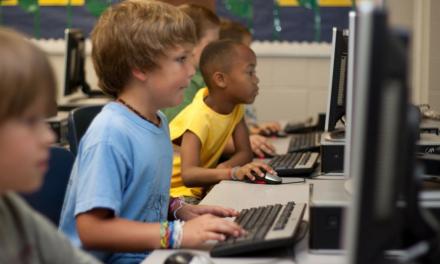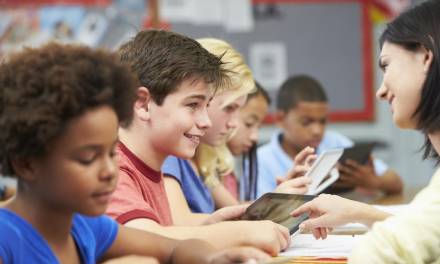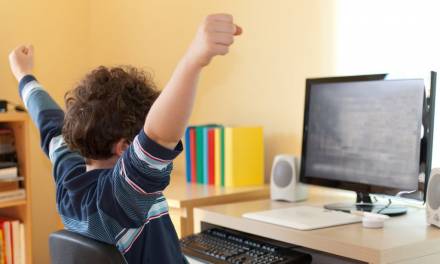Make no mistake – the game-based learning (GBL) market is doing a roaring trade. Global revenues hit $2.6 billion this year, reports the Serious Play Conference, and are expected to reach a mind-boggling $7.3 billion by 2021.
Key consumers are today’s schoolchildren; the first true generation of digital natives. Do you know your GBL from your gamification, and how to get up to speed with the latest developments?
GBL vs. Gamification
No, they’re not quite the same thing. While GBL positions a game at the centre of the learning process, gamification means adding gaming-like mechanics and games design techniques to your teaching, e.g. pupils earning reward points that let them progress through levels.
In other words, the application of typical gaming elements – point-scoring, levels, badges, charts, competition and rules of play – to non-gaming scenarios, including learning. Gamification taps into users’ basic desires for status and achievement.
GBL, on the other hand, is the integration of gaming into learning to boost motivation and engagement through off-the-shelf, interactive games. More often than not, GBL focuses on computer-based games like Mathletics and Minecraft.
Remember, there’s still much we can take away from traditional games. You could teach co-ordinates with Battleships, cause and effect and thinking ahead via Connect Four, and probability using Snakes and Ladders.
Benefits to learners
Education Scotland notes these benefits:
- motivating learners to succeed and to continually improve
- fostering self-esteem, self-determination and enhancing self-image
- facilitating collaborative learning
- implicitly developing learners ability to observe, question, hypothesise and test
- facilitating metacognitive reflection
- developing complex problem-solving skills
- making school an exciting place to be
- offering inroads into other curricular areas
- sharing practice features that show how games have enhanced learning in the classroom.
GBL fosters active engagement from pupils (especially reluctant ones), encouraging them to problem-solve and seek out information for themselves. Pupils can learn at their own pace and in their own way.
Teacher controls allow content to be tailor-made to ensure compatibility with lesson plans. Wholly inclusive, everyone can participate and succeed, which in turn boosts self-esteem.
Games also promote collaboration and team-working.
Fingers on the pulse
These two plugged-in devotees can help you to keep track of the latest gaming developments:
- David Renton’s Games4Learning focuses on the role gaming plays in the classroom. Renton teaches Games Development at Paisley’s Reid Kerr College and his blog explores innovative ways of (a) using technology in education, and (b) encouraging partnerships to make the best use of technology, resources and skill sets.
- Ray Chambers is Head of IT/Computing at Uppingham Community College and a finalist of the Microsoft Innovative Teachers forum. He’s passionate about Minecraft and Touch Develop, “…great tools and can have a positive impact on learning when used efficiently.”
While not exclusively about GBL, Microsoft’s hugely popular UK Schools Blog shows how its technology can offer students of all ages engaging educational tools. And if you want to play catch-up, the comprehensive archives go back to 2007.










